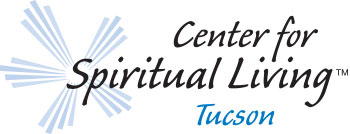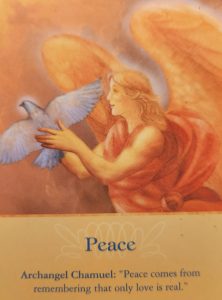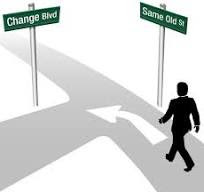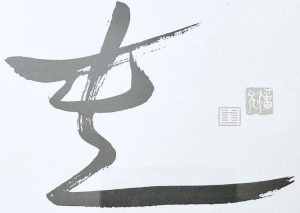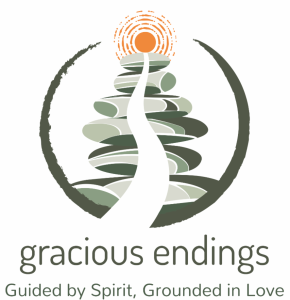From the Goo to a New You: Trust the Transformation by Rev. Sue Oliver
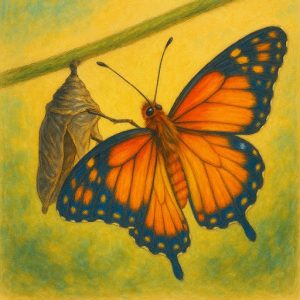 Change seems to be a constant these days – in our world, our communities, and our own lives. Sometimes it feels exciting and full of possibility; other times, it feels uncomfortable or even overwhelming. Yet whether we welcome it or resist it, change remains one of Life’s greatest teachers.
Change seems to be a constant these days – in our world, our communities, and our own lives. Sometimes it feels exciting and full of possibility; other times, it feels uncomfortable or even overwhelming. Yet whether we welcome it or resist it, change remains one of Life’s greatest teachers.
So, what is your relationship to change? Do you lean into it, resist it, or avoid it? Along our spiritual journey, we might even tell ourselves, “It’s all Good and God,” even when our experience feels far from that (what some call a “spiritual bypass”). Whatever our relationship to change, in any given moment, we can remember that it is an evolutionary process – one that calls us to trust, to grow, and to have faith in the unfolding of a “greater yet to be”. Ernest Holmes reminds us to not deny our experiences, but to deny their power over us.
Let’s take a cue from one of Nature’s most amazing transformation stories: the caterpillar’s metamorphosis into the butterfly. After a time of constant activity, the caterpillar becomes still and hardens into a chrysalis. Inside, its body dissolves into a rich, organic “caterpillar goo.” In the middle of this seeming chaos, special imaginal cells begin to appear. These tiny cells hold the blueprint of the butterfly – the vision of what’s to come. At first, they are scattered and even attacked by the old caterpillar’s system. But they keep multiplying, connecting, and communicating until they reach a tipping point. Then, amazingly, the imaginal cells unite and transform into a butterfly – a completely new being that is lighter, brighter, and freer than ever before.
As human beings, we too can experience this level of transformation. Within each of us are our own imaginal cells – the seeds of infinite possibilities – Peace, Health, Prosperity, Love, Joy, Harmony, and so much more. When Life feels uncertain or “gooey,” when things seem to be falling apart, God – within us and as us – is rearranging the pieces of our lives so that something greater can emerge.
As Science of Mind’s teaching reminds us, “Change your thinking, change your life.” It sounds simple, but living this principle takes courage, patience, and deep self-compassion, especially during life’s challenges. Change has a way of calling us forward – to trust, to release, and to begin anew.
So how do we move through change with greater Ease, Grace, and Joy? Below are some possibilities:
• Create more time and space for self-care, nourishing your mind, body, and spirit with good food, movement, rest, relaxation, and play.
• Deepen your spiritual practice, including meditation, journaling, time in nature, and affirmative prayer.
• Reach out and connect with friends, family, and your CSLT spiritual community, especially when the tendency is to withdraw.
As we move through these transformative times, let’s remember that, like the imaginal cells that join to form the butterfly, we are stronger together. So take a deep breath. Trust the process. The butterfly is already within you, waiting for its moment to soar. No matter what “goo” you may be moving through, know that God is the Divine and Perfect Order expressing as you. And so it is!
-Rev. Sue Oliver
